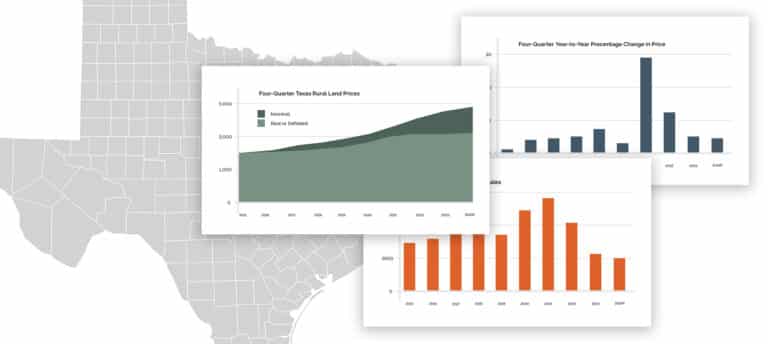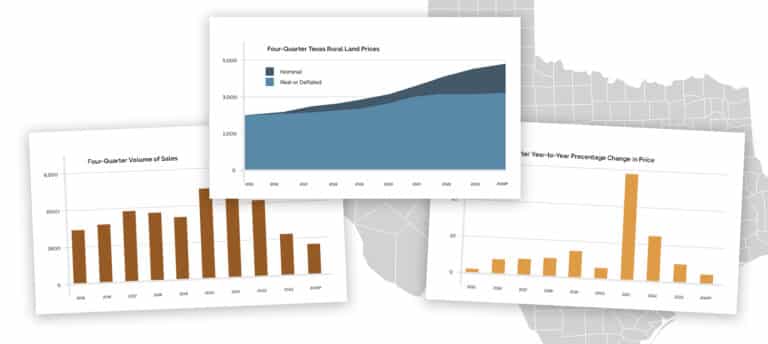This holiday season, will the turkey on your table come from Texas? Will your wine be made from West Texas grapes and your sweet potatoes grown in East Texas? And don’t forget Ruby Red grapefruit from the Rio Grande Valley.
If you live in the Lone Star State and you prefer food grown here, you’re not alone. More and more consumers are seeking locally sourced produce and meats. And some are even willing to pay extra for food raised within a few counties of home.
“As consumer awareness is growing about the value of knowing where your food comes from — and its impact on your personal health, the health of your family, the health of your local economy and ultimately, the health of our planet — more people are embracing local food producers and artisans as a verification of authenticity and food security,” says Marla Camp, founder and publisher of Edible Austin magazine, which has championed the Central Texas local-foods scene since 2007.
It’s a trend that’s not lost on restaurants, farmers and ranchers. Edible Austin’s website lists nearly 90 Austin area restaurants that use predominantly local food in their cooking. As more and more restaurants tout the sources of their ingredients, an increasing number of producers — from traditional large ranches to new, small-scale farms — are stepping up to directly supply this market.
Learn about three Texas ranching operations that are doing just that — selling directly to consumers and restaurants, instead of marketing through the typical channels.
 Richardson Farms | Rockdale, Texas
Richardson Farms | Rockdale, Texas
As a veterinarian, Dr. Jim Richardson understands animal behavior. He knows, for instance, that pigs like their space — that they need to root and wallow and that they become stressed if they are crowded. He is also keenly aware that a growing number of consumers care about how their food is raised.
We realized that there was a growing consumer demand for wholesome, homegrown products. So we listened
Thus, when he and his wife, Kay, started marketing their hormone-free, pasture-raised pork, beef and poultry at farmers markets and restaurants, they invited chefs and customers to visit their Milam County agricultural operation.
Today, Richardson Farms meats are served in 22 Central Texas restaurants. Their products, including free-range eggs and heirloom cornmeal, are also sold through 10 stores or delivery services from Houston to Fredericksburg to Dallas, as well as at farmers markets in Houston, Austin, Georgetown and Waco.
“We realized that there was a growing consumer demand for wholesome, homegrown products. So we listened,” Richardson says. “Our customers can come to our farm and see what we do. They trust us, and they appreciate what we do.”
It’s an approach that the Richardsons’ agricultural lender, Lone Star Ag Credit, applauds.
“They recognized a demand for locally produced food, and implemented the production practices and creative marketing plan necessary to successfully serve this sector,” says Justin Wiethorn, regional president with Lone Star Ag Credit.
 Ranger Cattle | Austin, Texas
Ranger Cattle | Austin, Texas
While taking a course in entrepreneurship at the University of Texas, cattle producer Josh Eilers, 27, developed a new plan for marketing his high-value Wagyu beef: He would sell the finely marbled meat directly to restaurants and cut out the middleman.
I wanted to raise the cattle on Austin grass, feed them Austin grass, have them processed here and sell them to Austin restaurants
“I wanted to raise the cattle on Austin grass, feed them Austin grass, have them processed here and sell them to Austin restaurants,” says Eilers, a U.S. Army Ranger veteran who leases pastureland on the edge of Austin for his Wagyu seedstock and beef operation.
But shortly after he started calling on local restaurants in 2014, Eilers found himself in a predicament: He had more beef orders than he could fill. To meet the demand, he quickly purchased several head of finished Wagyu cattle and began to expand his breeding herd with financing from Capital Farm Credit.
Now, just over a year later, Wagyu beef from his Ranger Cattle operation is served at five Austin restaurants: Barley Swine, Hasler Brothers Steakhouse, Hill Country Galleria Restaurant, Odd Duck and Posse East. He also sells Wagyu beef online and at a farmers market.
So far, the ranch-to-restaurant recipe is a win-win for Eilers and his customers. After all, it doesn’t get any more local than beef raised just 25 minutes from the Texas State Capitol.
Jacoby’s | Melvin, Texas
At Jacoby’s Restaurant and Mercantile in East Austin’s emerging dining district, manager Adam Jacoby and his staff make it a priority to tell patrons where their stuffed Salisbury steak and seasonal lamb specials come from.
People are definitely curious. They want to know that the animal was taken care of and fed the right way
“People are definitely curious. They want to know that the animal was taken care of and fed the right way,” says Adam, who grew up showing and caring for livestock on his family’s farm and ranch at Melvin, Texas.
With the opening of the restaurant last year, the Jacoby family took the phrase “ranch to restaurant” to a new level. The longtime ranchers not only produce the lamb and beef, they also own and operate the restaurant.
It is a part of a vertically integrated agricultural business run by Jason Jacoby and sons Holden, Reece, Dylan and Adam. Over the years, their operation has expanded to include agribusiness enterprises and the Jacoby’s Café in Melvin, which Adam remodeled after graduating from college.
It was the success of the café that convinced them to start an urban restaurant, where they could highlight vegetables from Austin farms and their own Jacoby Brand dry-aged beef from Melvin — an idea supported by their lender, Central Texas Farm Credit.
“It is important to me that the servers tell our guests where the ranch is, what the family is about and where the beef is coming from,” says Adam. “People have been so welcoming and have given us a chance to tell the Jacoby story. They have really embraced it.”
Article provided by Farm Credit Bank of Texas.
This article was originally published in the Winter 2015 Issue of Lands of Texas Magazine, a Lands of America print publication. Subscribe here today!
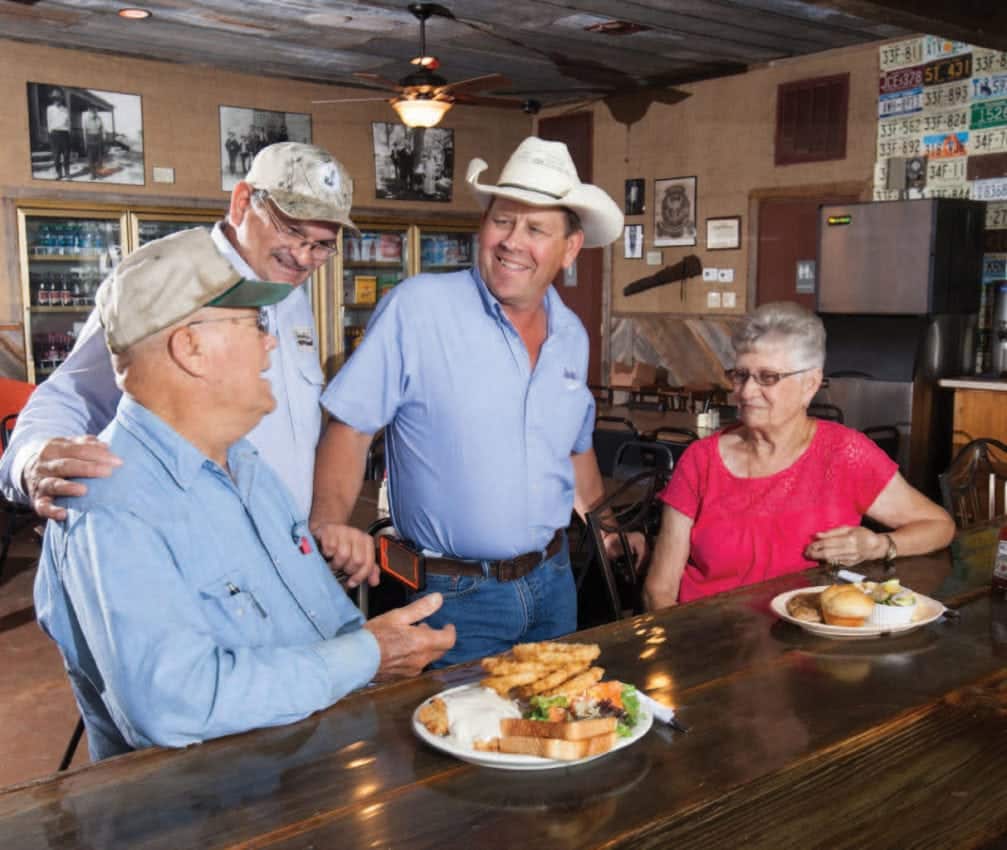
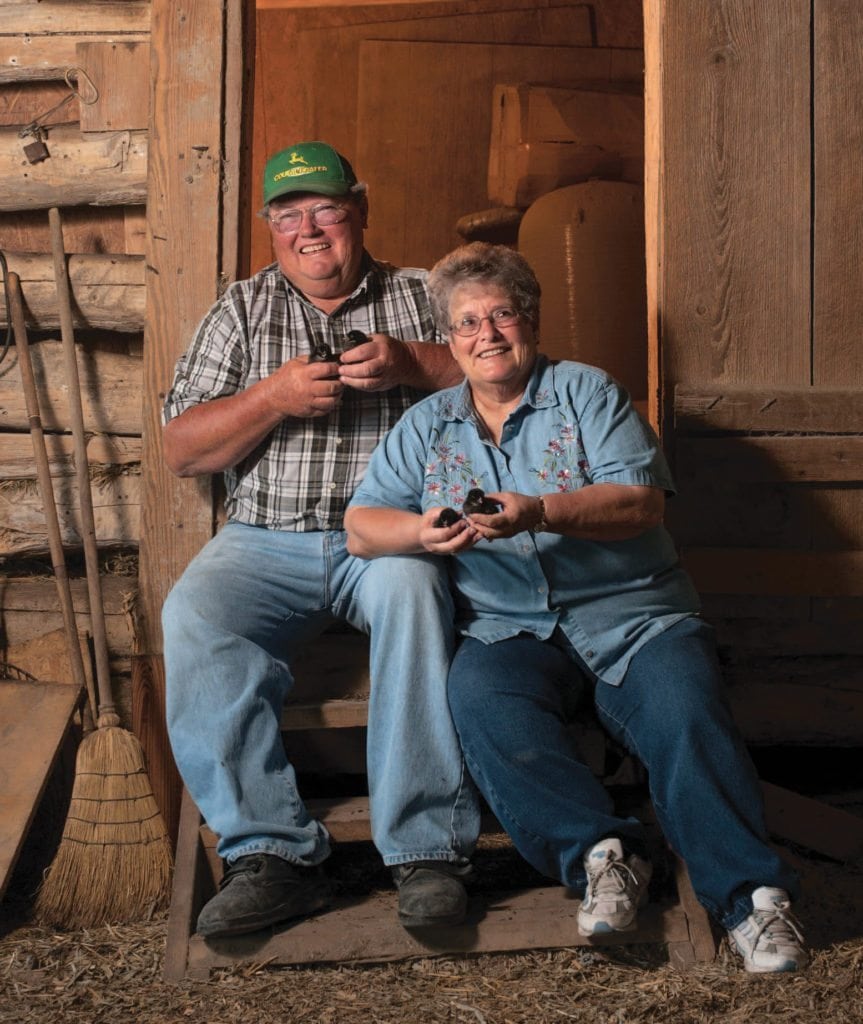 Richardson Farms | Rockdale, Texas
Richardson Farms | Rockdale, Texas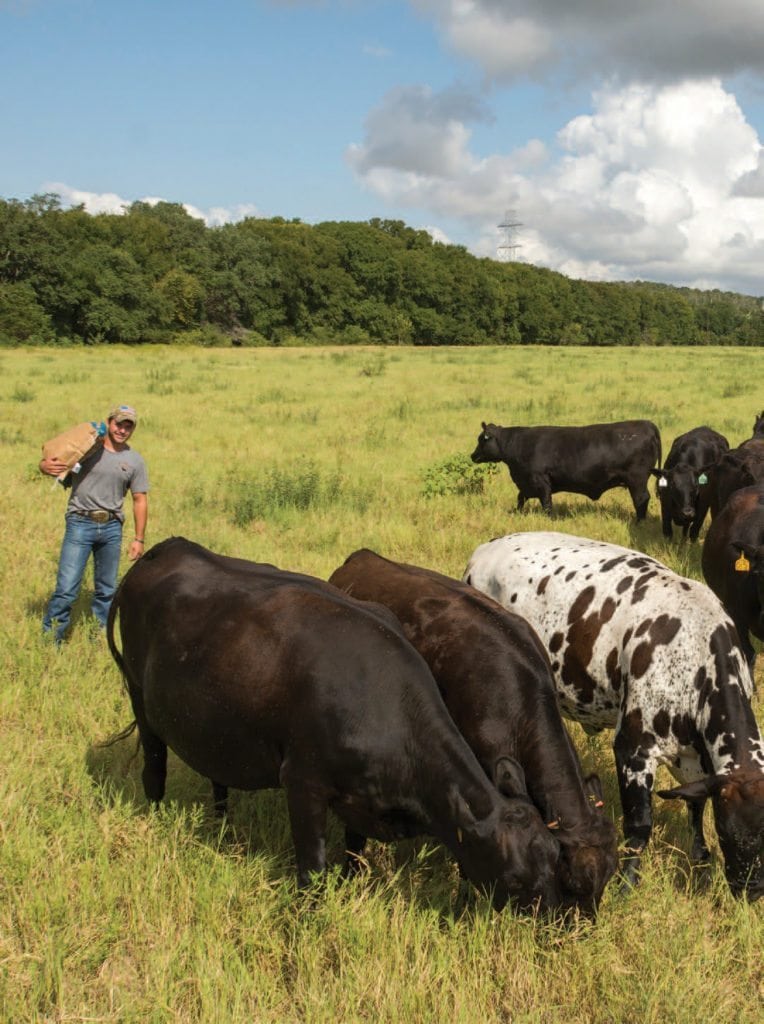 Ranger Cattle | Austin, Texas
Ranger Cattle | Austin, Texas